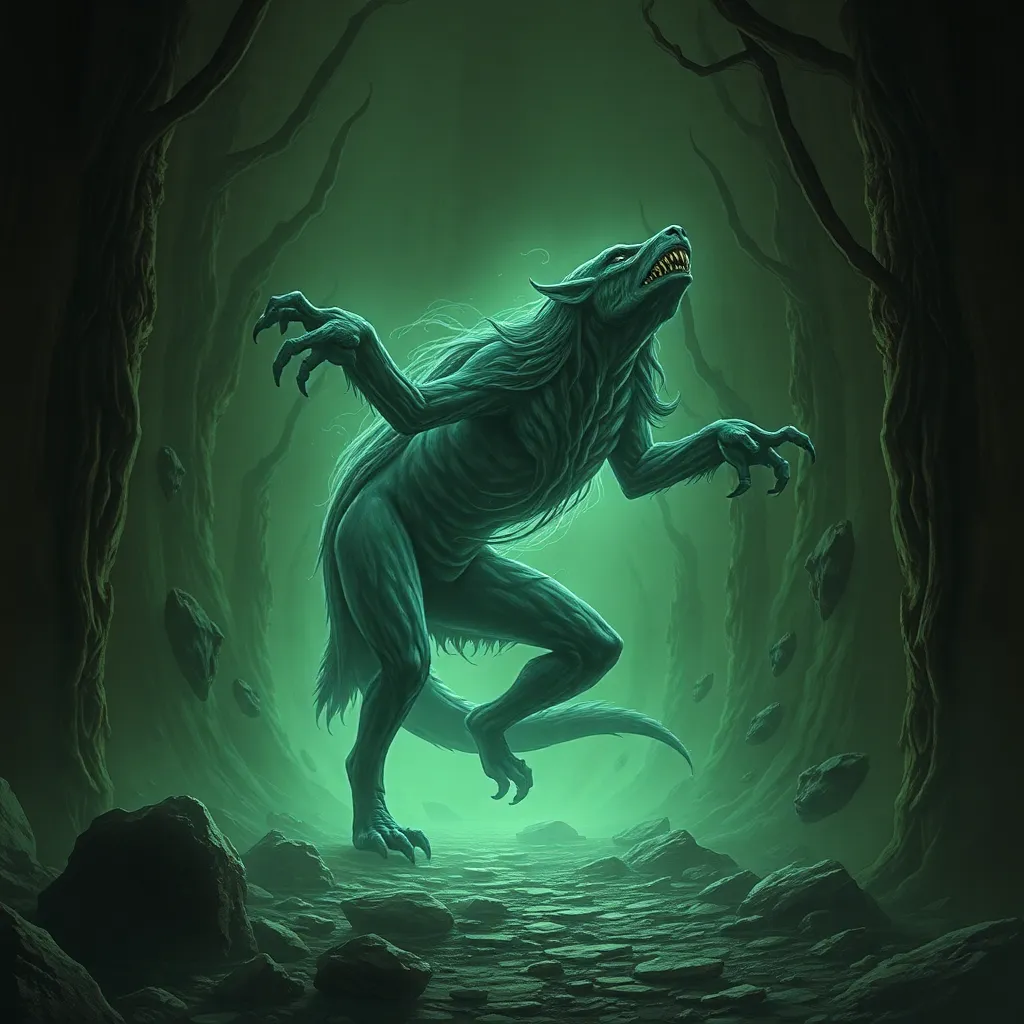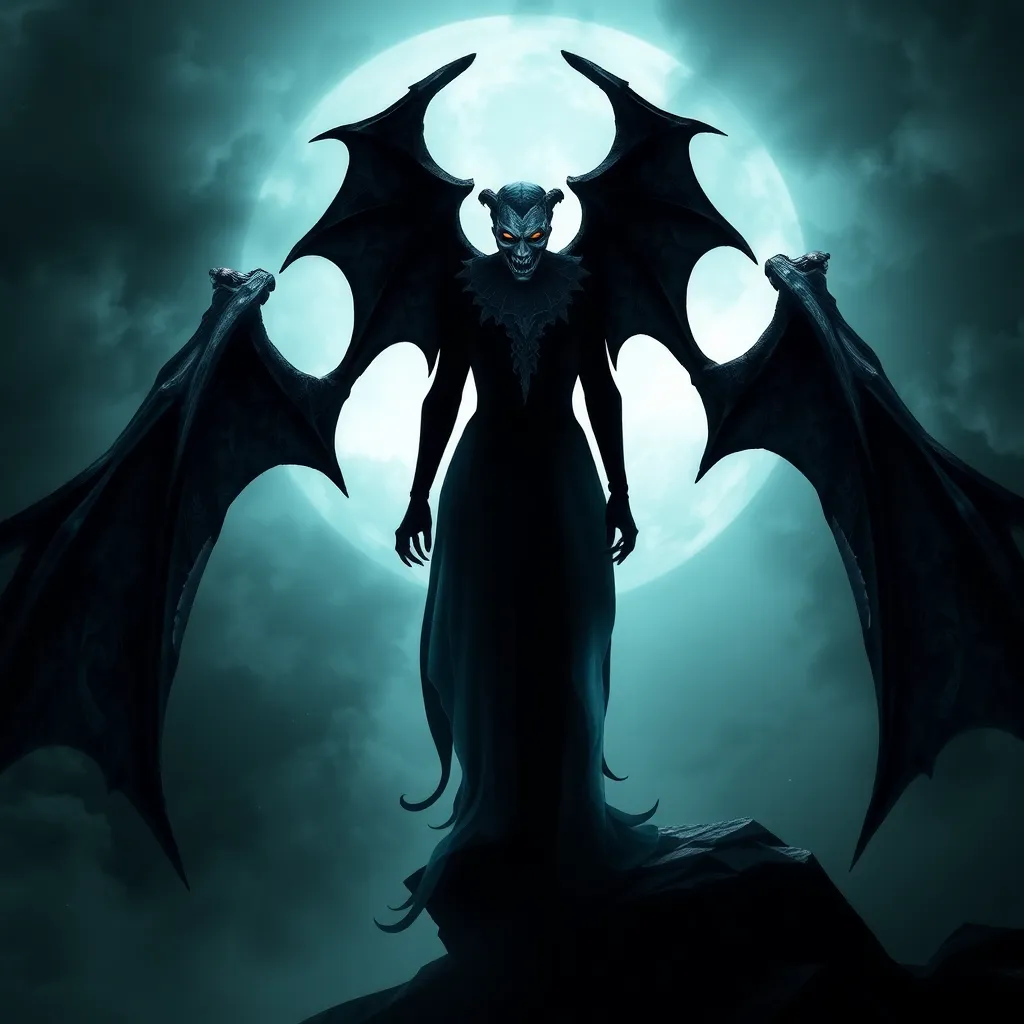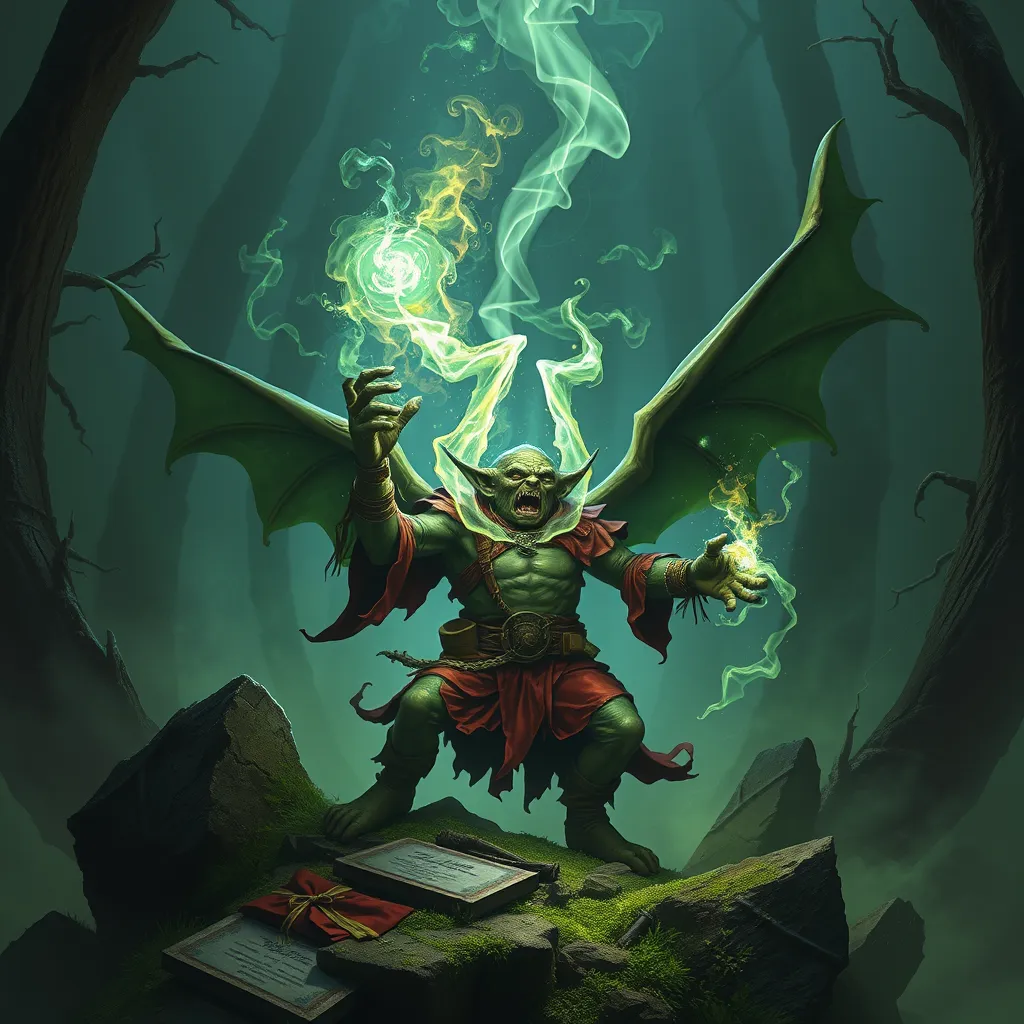Chupacabra and the Cryptid Connection: Exploring the Link to Other Mysterious Creatures
Introduction to Chupacabra
The Chupacabra, often described as a blood-sucking creature that preys on livestock, particularly goats, has captured the imagination of people across the Americas. Its name, derived from the Spanish words “chupar” (to suck) and “cabra” (goat), hints at its sinister reputation. The legend of the Chupacabra originated in Puerto Rico in the 1990s, where a series of livestock deaths led locals to speculate about the existence of a mysterious creature.
Since then, reports of Chupacabra sightings have spread throughout Latin America and into the United States, with various descriptions and interpretations evolving over time. Initially depicted as a small, reptilian creature, the Chupacabra has taken on various forms, from a hairless dog-like figure to a more humanoid shape. This evolution reflects the creature’s adaptability to different cultural contexts and environmental settings.
Cultural Significance of the Chupacabra
The Chupacabra legend is deeply intertwined with local folklore, often serving as a cautionary tale or a symbol of the unknown. In many communities, stories of the Chupacabra have emerged as a way to explain livestock deaths and other mysterious occurrences. These narratives have evolved, incorporating elements of fear, superstition, and local beliefs.
Regional variations abound, showcasing the Chupacabra’s adaptability. In Mexico, for instance, some versions portray it as a more vampiric figure, while in the southern United States, it is often depicted as a more dog-like creature. Each retelling adds layers to the myth, enriching the cultural tapestry surrounding the Chupacabra.
Physical Descriptions and Characteristics
Descriptions of the Chupacabra vary widely, but several common traits have emerged over time:
- Hairless or with sparse fur
- Large, glowing red eyes
- Sharp fangs and claws
- Small stature, typically described as 3 to 4 feet tall
- Long, spindly limbs
When comparing the Chupacabra to other cryptids, such as the Jersey Devil or the Mokele-Mbembe, certain similarities can be drawn. For instance, the Jersey Devil shares a reputation for being elusive and frightening, while the Mokele-Mbembe, a dinosaur-like creature said to inhabit the Congo River basin, represents humanity’s enduring fascination with prehistoric life. These creatures, like the Chupacabra, embody the intersection of myth and reality, fueling the cryptid phenomenon.
Investigating the Evidence: Sightings and Encounters
Numerous notable encounters with the Chupacabra have been documented, providing a wealth of anecdotal evidence. For example, in 1995, a series of livestock killings in Puerto Rico led to the first widely reported sighting of the creature. Eyewitness accounts described a creature with spines along its back, which sparked a frenzy of media coverage.
Other significant sightings include:
- A 2000 incident in Texas, where ranchers reported finding their goats drained of blood.
- A string of sightings in 2004 in Florida, where residents described an animal resembling a Chupacabra lurking near their homes.
While eyewitness accounts provide intriguing narratives, the evidence often remains circumstantial. Skeptics argue that many sightings can be attributed to misidentifications of known animals, such as coyotes suffering from mange. Nonetheless, the allure of the Chupacabra continues to captivate those who seek the truth behind these mysterious encounters.
The Cryptid Connection: Similar Creatures Around the World
The Chupacabra is not an isolated phenomenon; it shares characteristics with various other cryptids worldwide. Some notable examples include:
- The Jersey Devil: A creature said to inhabit the Pine Barrens of New Jersey, often described as part kangaroo, part bat, and known for its eerie screeches.
- Mokele-Mbembe: A legendary dinosaur-like creature believed to dwell in the Congo River basin, often regarded as a living remnant of a prehistoric age.
- The Wendigo: A malevolent spirit from Algonquian folklore, associated with cannibalism and insatiable greed, often described as a gaunt, skeletal figure.
These creatures, like the Chupacabra, evoke fear and fascination, representing humanity’s deep-seated need to explain the unexplained. The shared traits among these cryptids suggest a common thread in human storytelling, blending fact and fiction in our quest for understanding.
Scientific Perspectives on Cryptids
The scientific community approaches the study of cryptids with skepticism, often requiring rigorous evidence before acknowledging their existence. Cryptozoology, the study of hidden or unknown animals, seeks to investigate these phenomena, but it faces criticism for lacking empirical rigor.
The debate between skeptics and believers is ongoing:
- Skeptics: Argue that most cryptid sightings can be explained by misidentifications, hoaxes, or psychological phenomena.
- Believers: Maintain that the existence of unexplained creatures warrants further investigation, citing centuries of folklore and anecdotal evidence.
Regardless of one’s stance, the scientific inquiry into cryptids fosters a broader discussion about the boundaries of knowledge and the mysteries that still elude us.
The Impact of Media and Pop Culture
The Chupacabra has transcended its folkloric roots, becoming a staple of media and pop culture. Television shows, documentaries, books, and movies have propelled the creature into the public consciousness, shaping perceptions and fueling curiosity.
Social media has also played a pivotal role in the resurgence of interest in cryptids. Platforms like Twitter, Facebook, and Instagram allow individuals to share sightings, theories, and artwork related to the Chupacabra and other mysterious creatures, creating a vibrant community of enthusiasts and researchers.
Conclusion and Future Exploration
The Chupacabra holds a unique place in the field of cryptozoology, representing the intersection of myth, culture, and the unknown. As we continue to explore the stories and evidence surrounding this enigmatic creature, we gain insights into human nature and our relationship with the mysterious.
Continued investigation into cryptids is essential, not only to satisfy human curiosity but also to understand the cultural implications of such legends. As new technologies and methodologies emerge, the exploration of cryptids like the Chupacabra may yield new discoveries, bridging the gap between folklore and reality.



